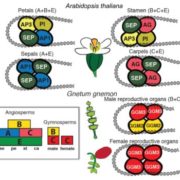
The origin of floral identity quartets
Plant Science Research Weekly, Research0 Comments
/
Where do flowers come from? Their sudden appearance and rapid radiation was described as an “abominable mystery” by Charles Darwin. Ruelens et al. examine the genetic toolkit that underpins reproductive organ formation in gymnosperms to uncover the origins of flowers (which they pragmatically describe…
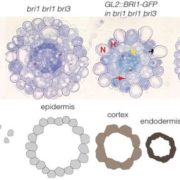
Brassinosteroid signaling directs formative cell divisions and protophloem differentiation in Arabidopsis root meristems
Plant Science Research Weekly, ResearchIt’s been 20 years since the identification of BRI1, the first brassinosteroid (BR) receptor. Although many components of the BR signaling pathways have been identified, details continue to be revealed. Kang et al. examined the phenotype of a triple mutant, bri1 brl1 brl3, that lacks all three functional…
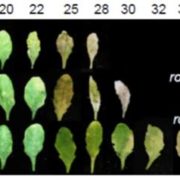
Gain-of-function variants of cytokinin receptors ($)
Plant Science Research Weekly, ResearchArabidopsis has three membrane-located, histidine-kinase cytokinin (CK) receptors (AHK2, 3, and 4). Loss-of-function mutants suggest that AHK2 and AHK3 function somewhat redundantly. To further explore the roles of these receptors, Bartrina and Jensen et al. isolated dominant gain-of-function mutants,…
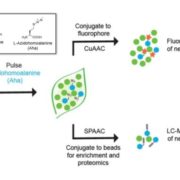
Time-resolved analysis of protein synthesis in native plant tissue
Blog, Plant Science Research Weekly, ResearchGlenn et al. introduce a new method for the labeling and purification of newly-synthesized proteins from intact tissues. The method, named BONCAT (Bioorthogonal Non-Canonical Amino Acid Tagging) involves the incorporation of the non-canonical methionine surrogate azidohomoalanine (Aha) into newly synthesized…
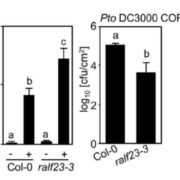
Peptide-mediated regulation of receptor scaffolding in plant immune signaling ($)
Plant Science Research Weekly, ResearchContinuing the theme of peptide signaling, Stegmann et al. showed that a subset of the RALF (RAPID ALKALINIZATION FACTOR) family of plant peptides can negatively regulate plant immune responses. When plants are treated with flg22, a peptide epitope of bacterial flagellin, they produce reactive oxygen…
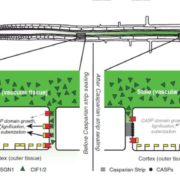
Peptide diffusion as a signal for Casparian strip diffusion barrier formation ($)
Plant Science Research Weekly, ResearchThe Casparian strip is a permeability barrier that seals the spaces between root endodermis cells and so prevents bulk-flow uptake of solutes. Previously, a leucine-rich repeat receptor kinase called SCHENGEN3 or GASSHO1 (GSO1/SGN3) was identified as necessary for normal Casparian strip formation. Now,…
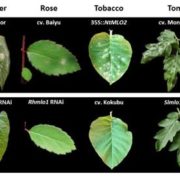
Review: mlo-based resistance: An apparently universal “weapon” to defeat powdery mildew disease ($)
Plant Science Research Weekly, ResearchPowdery mildew disease is a broad term that encompasses more than 650 species of powdery mildew fungi that affect about 10,000 plant species, with serious economic consequences. In the 1930s/40s, broad-spectrum resistance to powdery mildew was found in barley with a loss-of-function of the Mildew resistance…
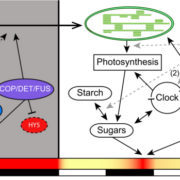
Review: Dark signaling in plants ($)
Plant Science Research Weekly, ResearchPlants use light as a source of energy and information; however, they are also sensitive and respond to light/dark diurnal cycling, with many processes happening during the dark phase of the diurnal cycle. In this review, Seluzicki et al. emphasize the importance of studying and understanding what…
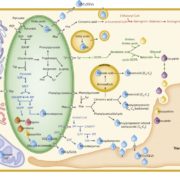
Review: The sexual advantage of looking, smelling and tasting good, the metabolic network that produces signals for pollinators ($)
Plant Science Research Weekly, ResearchThe interaction between angiosperms and their pollinators provides an excellent system to study co-evolution, and underpins the evolution of the biosynthesis of numerous interesting and useful specialized metabolites, from pigments to fragrances. Borghi et al. review the metabolic pathways that produce…

